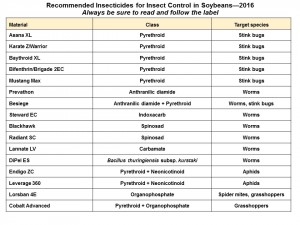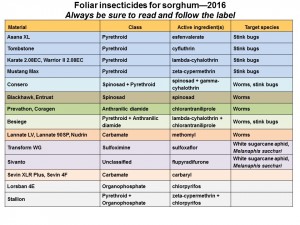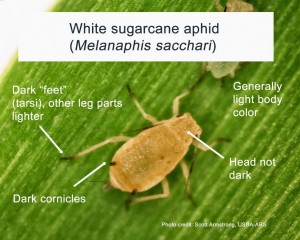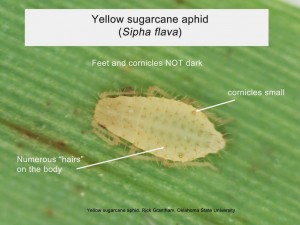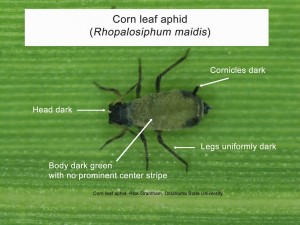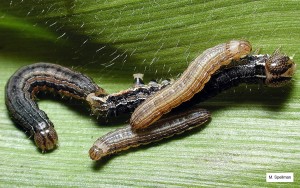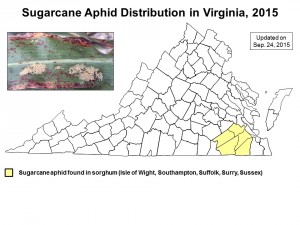In both 2014 and 2015 we experienced very light corn earworm (CEW) infestations in our soybean crop. This summer we are back to a more normal situation with spotty light to moderate level infestations. Some fields have hit thresholds for sure, but not all. And, as is the case in most years, worms are in some fields that are only in the flowering stage—which has been proven many times over the years NOT to be a problem, that is, does NOT result in any yield loss. CEW do their damage when they feed on developing seed during the R5-R6 growth stages. If needed, a single application (if the right insecticide is used) during this stage should be all that is needed for season-long CEW control.
As always, in a year with spotty infestations, it pays to scout fields carefully to find those at threshold so they can be protected. We have recently proven that pyrethoid insecticides have a devastating effect on the thousands of beneficial insects and spiders in a soybean field. If left alone, they have then potential to control CEW infestations by eating the eggs and small worms and therefore prevent the need for an insecticide spray. So, be careful with pyrethroid applications and use them only if thresholds are met. You will very likely save money in the long run.
What are the thresholds for CEW in soybean? There is not a one-size-fits-all answer. This fact sheet Soybean_insect_mgmt_2016 has a CEW Calculator that can provide a good answer based on some of the factors that must be considered—like the estimated application cost and bushel value. Use this as a starting point.
What to treat with? We have been monitoring CEW for pyrethroid insecticide resistance for several years by collecting and testing adults (moths). This year is no exception. Individual moths are exposed to a pyrethroid and we document the percent that survive (=resistant). This year we are seeing high levels of survivorship averaging about 40% over all sample dates and locations. This means that to achieve good CEW control, non-pyrethoids insecticides should be considered. For CEW, I would focus on those that ‘specialize’ in worm control (like Prevathon, Besiege, or Spinosad). Lannate is another option but has essentially zero residual activity, whereas the others should provide several days of protection, depending on rainfall amounts and frequency. If stink bugs are also present in the field, the worm products will not be effective. A pyrethroid will need to be tank mixed with the worm product (example, Prevathon plus bifenthren)—or a product like Besiege can be used that contains both a worm product and a pyrethroid. Below is a list of insecticides labeled for use in soybean.

